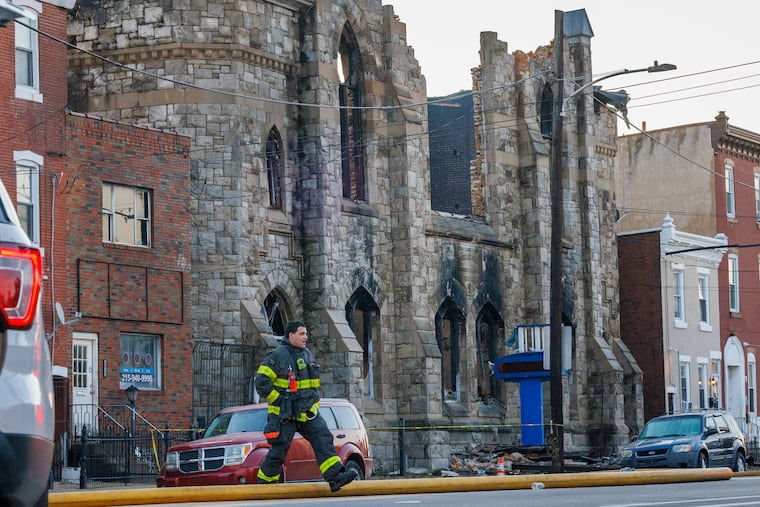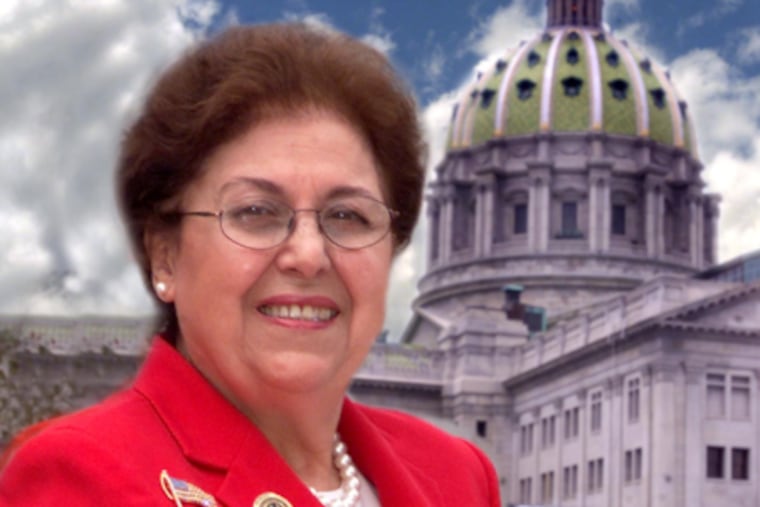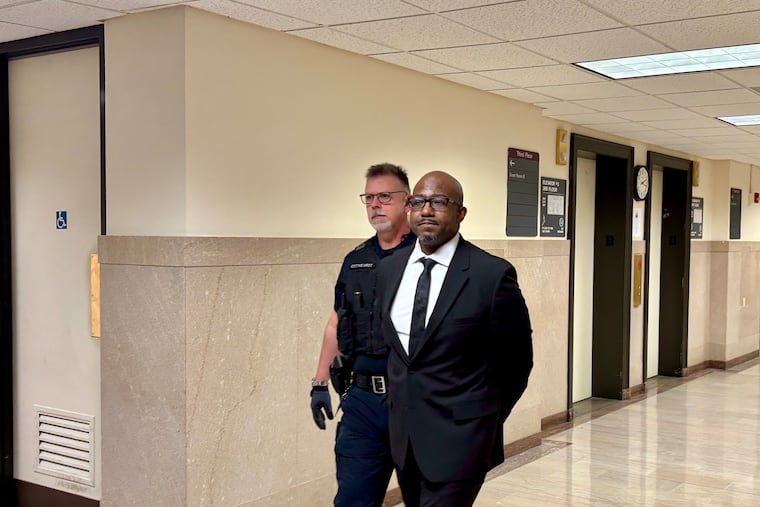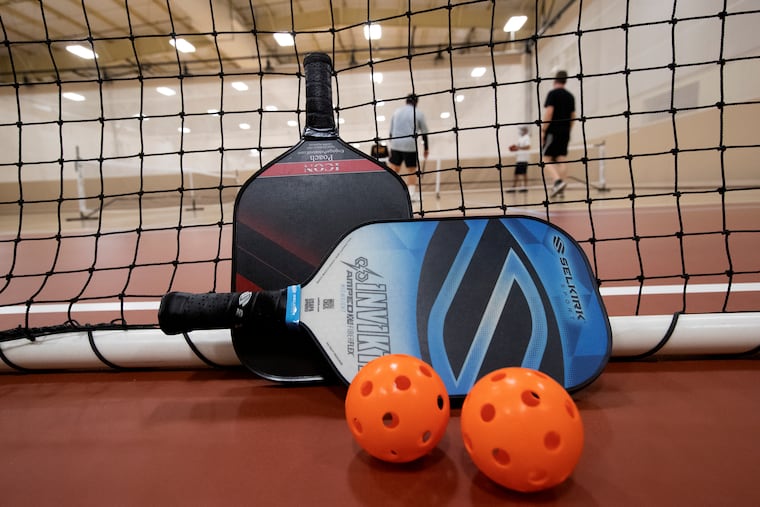Criminal justice system at center of swirling debate as gun violence continues in Philly
An Inquirer review shows there has been some change in prosecution of gun cases under DA Larry Krasner, while the U.S. Attorney’s Office has ramped up its violent crime caseload. Homicides and shootings are both outpacing last year.

- Fetterman and McCormick cancel joint appearance in Pittsburgh
- The disappearing of Rumeysa Ozturk is something I never thought I’d see in America
- Let’s play real or overreaction after Phillies opener: Alec Bohm revenge tour, contact concerns, and more
- Phoenixville Hospital staff gave man a ‘lethal dose’ of medication during mental-health crisis, his family says
- Pennsylvania’s federal workforce was already shrinking before the Trump administration began massive layoffs
Link copied to clipboard
Link copied to clipboard
Associated Press
Link copied to clipboard
Lindsay Whitehurst and Ellen Knickmeyer, Associated Press
Link copied to clipboard
Link copied to clipboard
Stan Choe, Associated Press
Link copied to clipboard
Link copied to clipboard
Link copied to clipboard
Link copied to clipboard
Link copied to clipboard
Link copied to clipboard
Link copied to clipboard
Link copied to clipboard




























